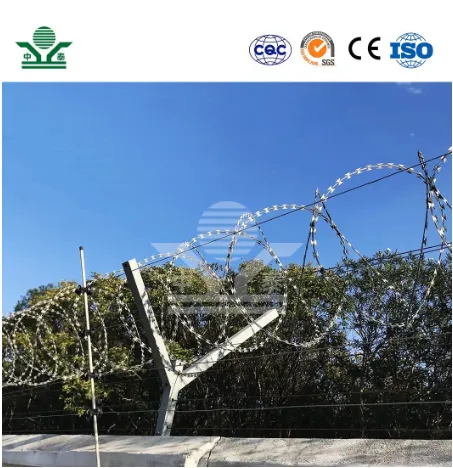The Purpose and Benefits of Temporary Snow Fences
As winter approaches, many regions begin to prepare for the inevitable snowfall. One effective method utilized by municipalities, farmers, and landowners to manage snow accumulation is the installation of temporary snow fences. These structures play a crucial role in controlling the movement of snow and protecting infrastructure, crops, and roadways from the adverse effects of heavy snowfall.
Temporary snow fences are typically made from materials such as wooden slats, plastic, or metal mesh. They are designed to create barriers that redirect drifting snow, which can help manage both snow control and safety. When strategically placed, these fences can significantly reduce snowdrifts, directing excessive snow away from roads, buildings, and critical areas such as driveways and entrances. This reduction not only enhances safety for drivers and pedestrians but also minimizes the need for frequent snow removal efforts.
One of the principal benefits of temporary snow fences is their ability to protect agricultural fields from wind-driven snow. Farmers often face challenges during winter when snow accumulation can disrupt access to fields and damage crops. By installing temporary snow fences around their farms, they can mitigate the impacts of drifting snow, ensuring that fields remain accessible and that crops are safeguarded from excessive snow loads.
temporary snow fence

Moreover, snow fences can contribute to environmental conservation efforts. In many areas, snow fences help to build up snow retention in certain zones, allowing for groundwater recharge in the spring when the snow melts. This is particularly significant in regions where water resources are limited. By improving water management through snow retention, landowners can promote healthier ecosystems and enhance the sustainability of their agricultural practices.
In urban settings, temporary snow fences are also invaluable in maintaining clear and safe roadways. They can be erected along highways and local roads to prevent snow from accumulating on transportation routes, thereby reducing the risk of accidents during winter storms. Additionally, snow fences help snow plow operators by directing where snow will accumulate, making their jobs more efficient and less hazardous.
The effectiveness of temporary snow fences largely relies on their proper placement and construction. They should be positioned perpendicular to the prevailing wind direction to maximize their snow-catching capabilities. Additionally, it’s essential that these fences are constructed with the right height and density to ensure they function as intended. Regular inspections and maintenance are also crucial to ensure that fences remain effective throughout the winter months.
In conclusion, temporary snow fences serve a vital role in winter management strategies, providing numerous benefits for both rural and urban areas. By controlling snow drift, protecting crops, and ensuring safe transportation routes, these structures help communities effectively navigate the challenges posed by winter weather. As such, investing in temporary snow fencing can be a practical and beneficial decision for anyone looking to mitigate the impacts of snow this winter.
-
The Best Metal Mesh Solutions: Expanded Aluminum Metal vs. Expanded Stainless Steel Metal
NewsSep.10,2024
-
Round Perforated Sheets vs. Hexagonal Perforated Sheets vs. Embossed Perforated Sheet Metal
NewsSep.10,2024
-
Perforated Metal Sheets
NewsSep.10,2024
-
Experience The Excellence Of Stainless Steel Grating
NewsSep.10,2024
-
Discover the Versatility Of Metal Mesh Expanded Forming Machines
NewsSep.10,2024
-
Discover The Advantages Of Steel Grating For Sale
NewsSep.10,2024
Subscribe now!
Stay up to date with the latest on Fry Steeland industry news.

